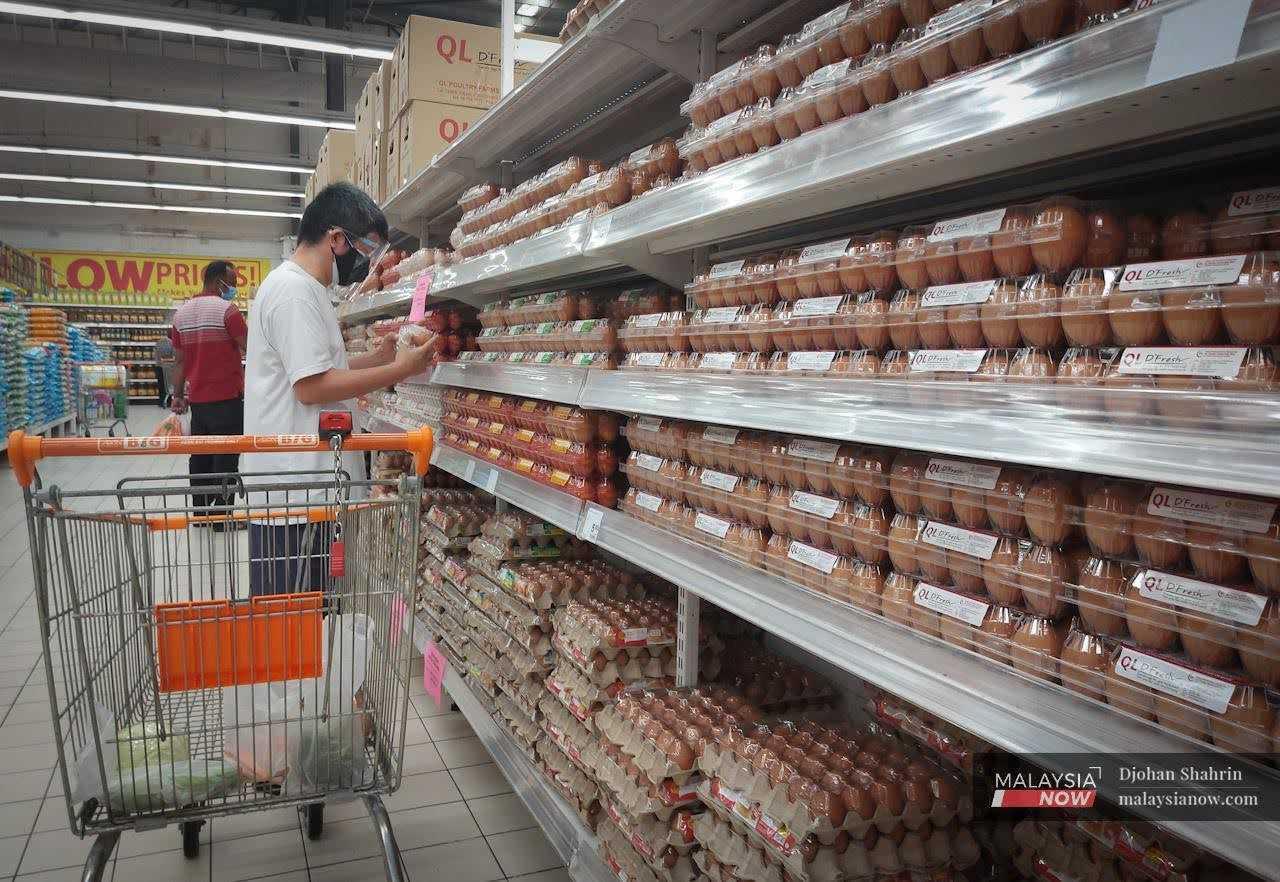Domestic egg production showing signs of stability, says Mat Sabu
The agriculture and food security minister says the production of eggs might reach the export level by the end of the year.
Just In
The agriculture and food security ministry expects the domestic egg production to recover by the end of the year.
Minister Mohamad Sabu said this was due to the government’s efforts through various ministries to facilitate labour entry into agriculture and other sectors since January.
"God willing, the production of eggs this year will be sufficient and can reach the export level at the end of the year," he said at a gathering with the Malaysian diaspora in Indonesia on Saturday.
He said the ministry would also continue to pay attention to risks such as climate change and diseases that might affect production.
On Dec 16 last year, the ministry agreed to temporarily allow the import of eggs to overcome domestic shortage. It said it would review the decision once the domestic supply stabilised.
"After imported eggs started to come in, our supply began showing signs of stability, and at this stage, we can stop the import at any time because we want to prioritise local producers," Mohamad said.
Mohamad and senior officials from the ministry were on a three-day visit to Indonesia from March 17 to explore new technologies and approaches used by the republic to increase rice production.
He said they had the opportunity to witness the success of rice farmers there, whose production is sufficient for the 276 million population.
"This will encourage our farmers to succeed if they work like the farmers here, even though their subsidies are lower than in Malaysia," he said.
Mohamad said the ministry also aims to increase the national self-sufficiency level from the current 65% to 75% in 2025 and 80% in 2030.
"This will be achieved if the yield is increased from five tonnes per hectare to an average of seven tonnes per hectare," he said.
Subscribe to our newsletter
To be updated with all the latest news and analyses daily.
Most Read
No articles found.
